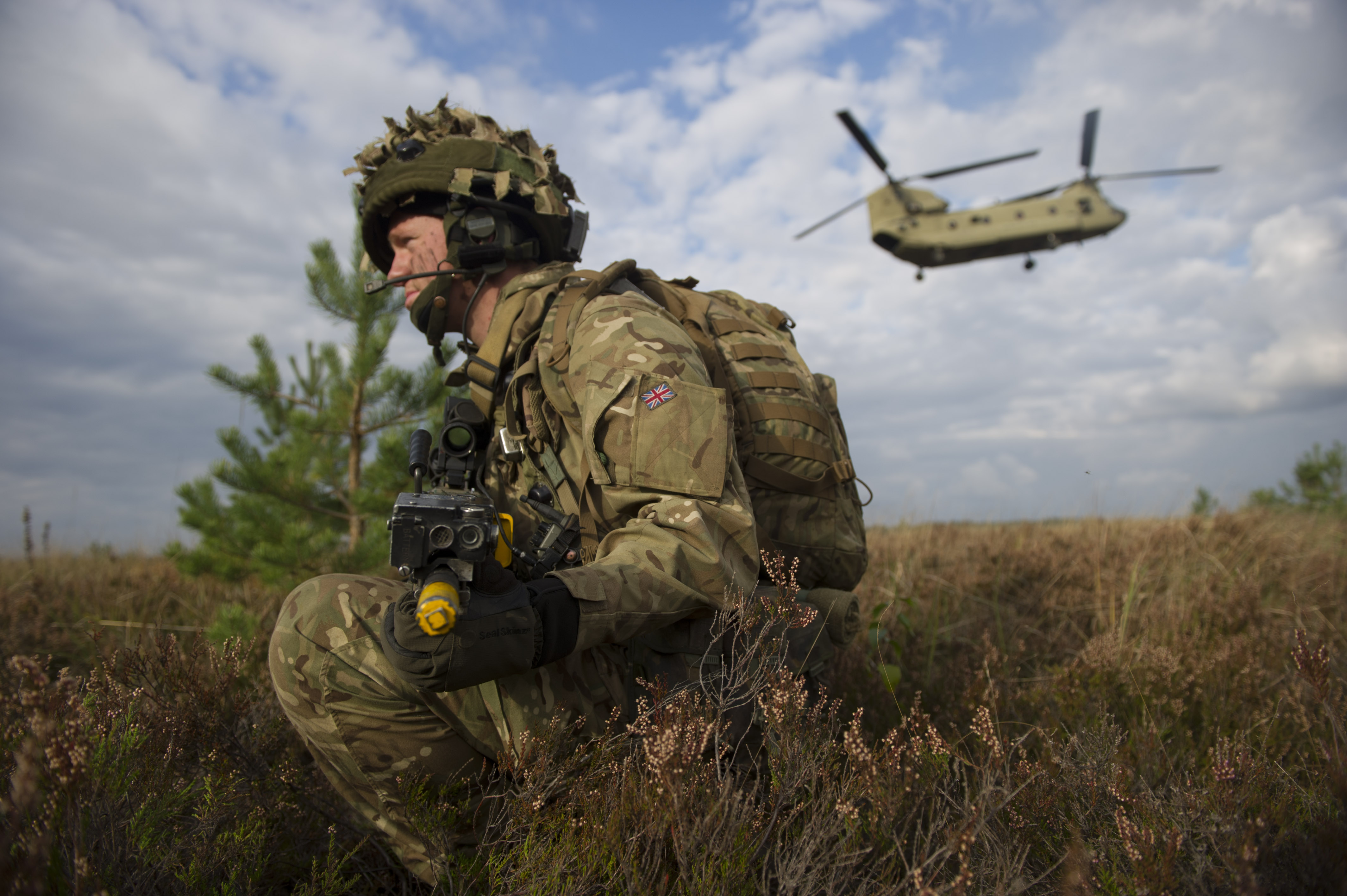
Below is an open letter from Julian Brazier MP, Minster for Reserves dated 23 November 2015, regarding the recent announcement of the publication of the National Security Strategy and Strategic Defence and Security Review 2015. The White Paper itself, with the full details of the SDSR can be found at:
This afternoon the Prime Minister announced the publication of the UK’s 2015 National Security Strategy (NSS) and Strategic Defence and Security Review (SDSR).
The National Security Strategy reflects the reality that risks and threats to our national security have increased in scale, diversity and complexity over the past five years. We are developing our policies, plans and capabilities to meet these challenges. The SDSR describes how we will deliver the Government’s vision of a secure and prosperous United Kingdom, with global reach and influence, through three new National Security Objectives: Protect our people; Project our global influence; and Promote our prosperity.
I would like to draw your attention to three priority outcomes from the Review. First, the Review looked at all elements of national power and concluded that we should invest further across the full spectrum of capabilities for the whole of Government, from our intelligence services to our cyber capabilities and our world class diplomatic network. Building on the strong foundations of SDSR 10, this Review continues to develop the strength and capabilities of the Armed Forces and contains a commitment to work with growing powers to uphold shared values and pursue shared objectives, including prosperity and defence engagement. Second, in light of the changed security environment, we have set more ambitious Defence and security planning assumptions, and are developing a range of new policy approaches to ensure that we maintain our operational advantage over potential adversaries. Third, while developing these plans, we have ensured that we continue to focus on dealing with the challenges and opportunities the UK and our allies face today, and for the next five years, deterring threats and protecting our people and interests, at home and overseas.
A key outcome of SDSR 2015 for Defence is Joint Force 2025. Encompassing a broad range of capabilities, it will be able to conduct a range of operations in support of our national security objectives. At the most demanding end of the scale we will be able to deploy a potent expeditionary force based on a land division, maritime task group and expeditionary air group. This force will be equipped with cutting edge capabilities: Queen Elizabeth class aircraft carriers and F35 Lightning aircraft, high-end destroyers and new frigates, more Typhoon squadrons, new Intelligence, Surveillance and Reconnaissance platforms, including a new Maritime Patrol Aircraft and double the number of Unmanned Aerial Vehicles. We will invest more in Special Forces capabilities and in cyber. This force will be underpinned by the nuclear deterrent.
These plans are underwritten by a growing budget. The Government has made it clear that it will continue to meet the 2% NATO target through the life of this Parliament. The MOD budget will increase by 0.5% above inflation for the rest of this Parliament. In addition, Defence will have access to the Joint Security Fund, which will rise to £1.5Bn by 2020/21. We will continue to improve the productivity and efficiency of everything we do in Defence and will reinvest the gains into capability. Overall, MOD will spend £178Bn on equipment and equipment support over the next decade, an increase of some £12Bn over previous plans.
This Government has been clear about the importance it attaches to our Service personnel. Recruiting, retaining and developing the right people is a top priority for MOD. We will therefore be modernising the offer we make to Service personnel. Going beyond our commitment to maintaining the size of the regular Armed Forces, we will also increase the size of the Royal Navy and Royal Air Force during the course of this Parliament.
Reserves form a vital part of our Services and we will continue to invest in them, growing the overall population to 35,000 trained personnel. Already reservists are benefiting from new equipment and training opportunities and this will continue. We are conscious that the work to modernise the offer we make to service personnel will affect reservists and we will consult with the reservist community on this. Thank you for your role in the progress we have already made.
We will also continue to invest in our cadets and expand the number of cadet units in schools to 500 by 2020.
SDSR 2015 will deliver a more assertive Defence so that we can protect our people, project our influence, and promote our prosperity. I hope you will welcome it.







